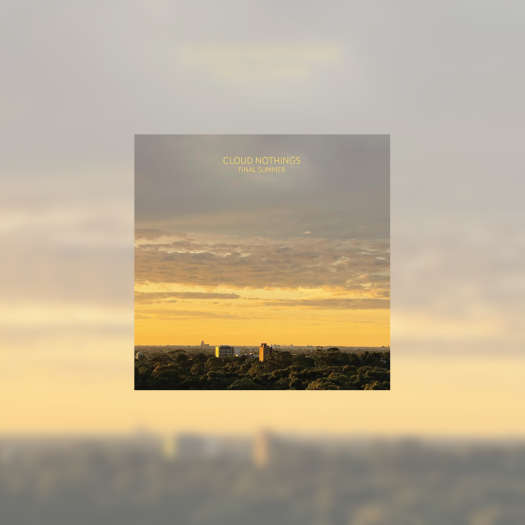In 2012, Malala Yousafzai was shot in the head while riding on a bus home from school in her native Pakistan. The Taliban targeted her for her outspoken views on girls' education. Two years later, she'd become the youngest-ever Nobel Prize laureate by co-receiving the Nobel Peace Prize alongside Indian children's rights activist Kailash Satyarthi.
That transformation — from victim to world-renowned activist — is An Inconvenient Truth director Davis Guggenheim's latest subject in his new documentary He Named Me Malala, a film that tries to paint a fuller picture of the activist's background, motives and life behind the scenes. He succeeds, for the most part, but gets bogged down at times by twisting and turning his story in and out of different narratives and getting lost in too many asides (most of which are animated to fill in for a lack of footage) involving Malala and those closest to her.
As anyone who has seen Waiting for Superman or It Might Get Loud can attest, Guggenheim is a master at taking the simple — children in a classroom; three guitarists jamming together — and turning it into something visually spellbinding. He Named Me Malala is no different — its biggest strength, on the surface, is how beautiful and vibrant it looks compared to other docs — but where Guggenheim seems to have the most success in telling her story is actually in the film's more mundane scenes, primarily the ones in which she's hanging around her new home in the UK with her family. It's here that we find Malala at her most relaxed, away from holding government dictators accountable for their actions and conversing with dignitaries from around the world in the public eye, and instead playing with (and occasionally slapping) her younger brothers, checking out photos of her celebrity crushes on Google image search and simply being a teenaged girl.
As her youngest brother claims in an early scene, "She's a little bit naughty," but by presenting that side of her during her downtime, Guggenheim is able to make her seem a whole lot more human and accessible.
(Searchlight Pictures)That transformation — from victim to world-renowned activist — is An Inconvenient Truth director Davis Guggenheim's latest subject in his new documentary He Named Me Malala, a film that tries to paint a fuller picture of the activist's background, motives and life behind the scenes. He succeeds, for the most part, but gets bogged down at times by twisting and turning his story in and out of different narratives and getting lost in too many asides (most of which are animated to fill in for a lack of footage) involving Malala and those closest to her.
As anyone who has seen Waiting for Superman or It Might Get Loud can attest, Guggenheim is a master at taking the simple — children in a classroom; three guitarists jamming together — and turning it into something visually spellbinding. He Named Me Malala is no different — its biggest strength, on the surface, is how beautiful and vibrant it looks compared to other docs — but where Guggenheim seems to have the most success in telling her story is actually in the film's more mundane scenes, primarily the ones in which she's hanging around her new home in the UK with her family. It's here that we find Malala at her most relaxed, away from holding government dictators accountable for their actions and conversing with dignitaries from around the world in the public eye, and instead playing with (and occasionally slapping) her younger brothers, checking out photos of her celebrity crushes on Google image search and simply being a teenaged girl.
As her youngest brother claims in an early scene, "She's a little bit naughty," but by presenting that side of her during her downtime, Guggenheim is able to make her seem a whole lot more human and accessible.




